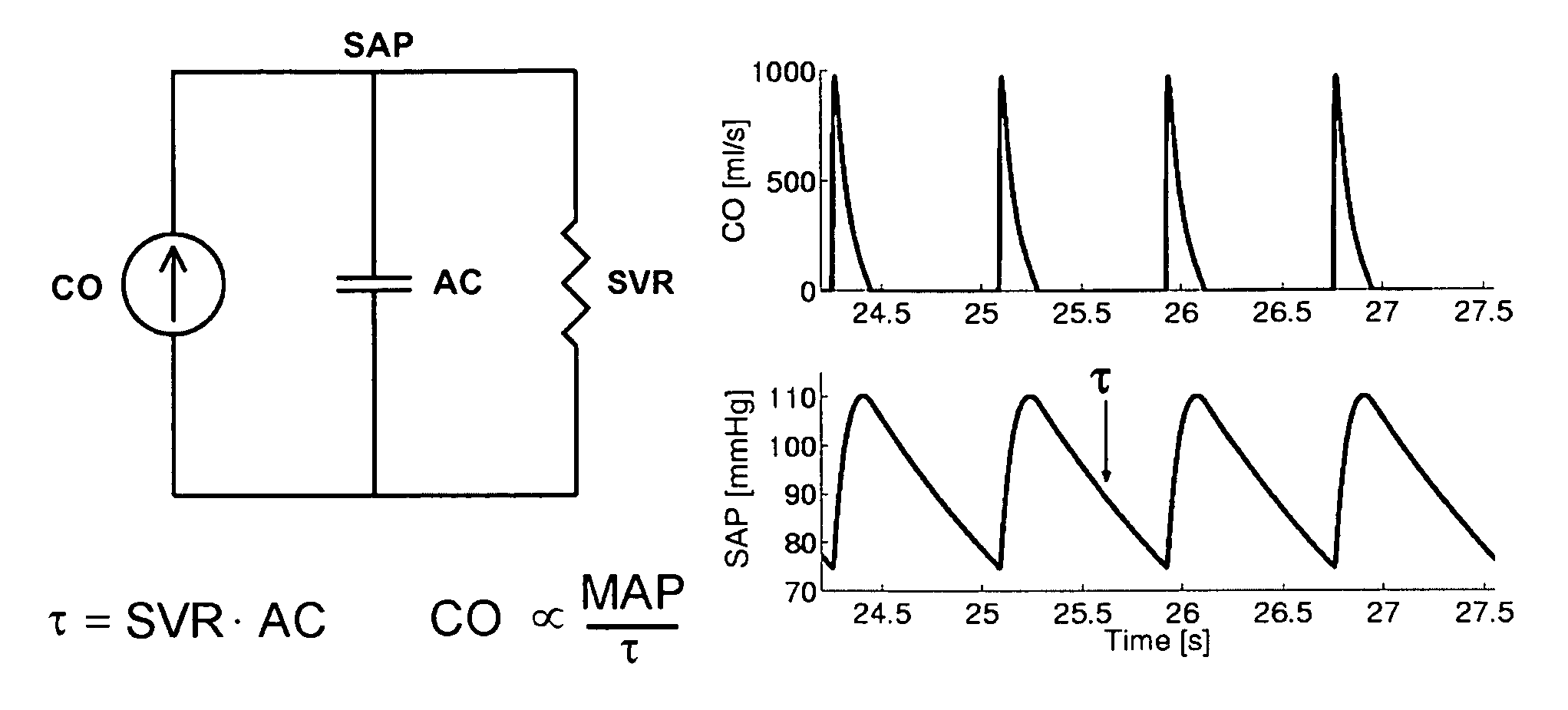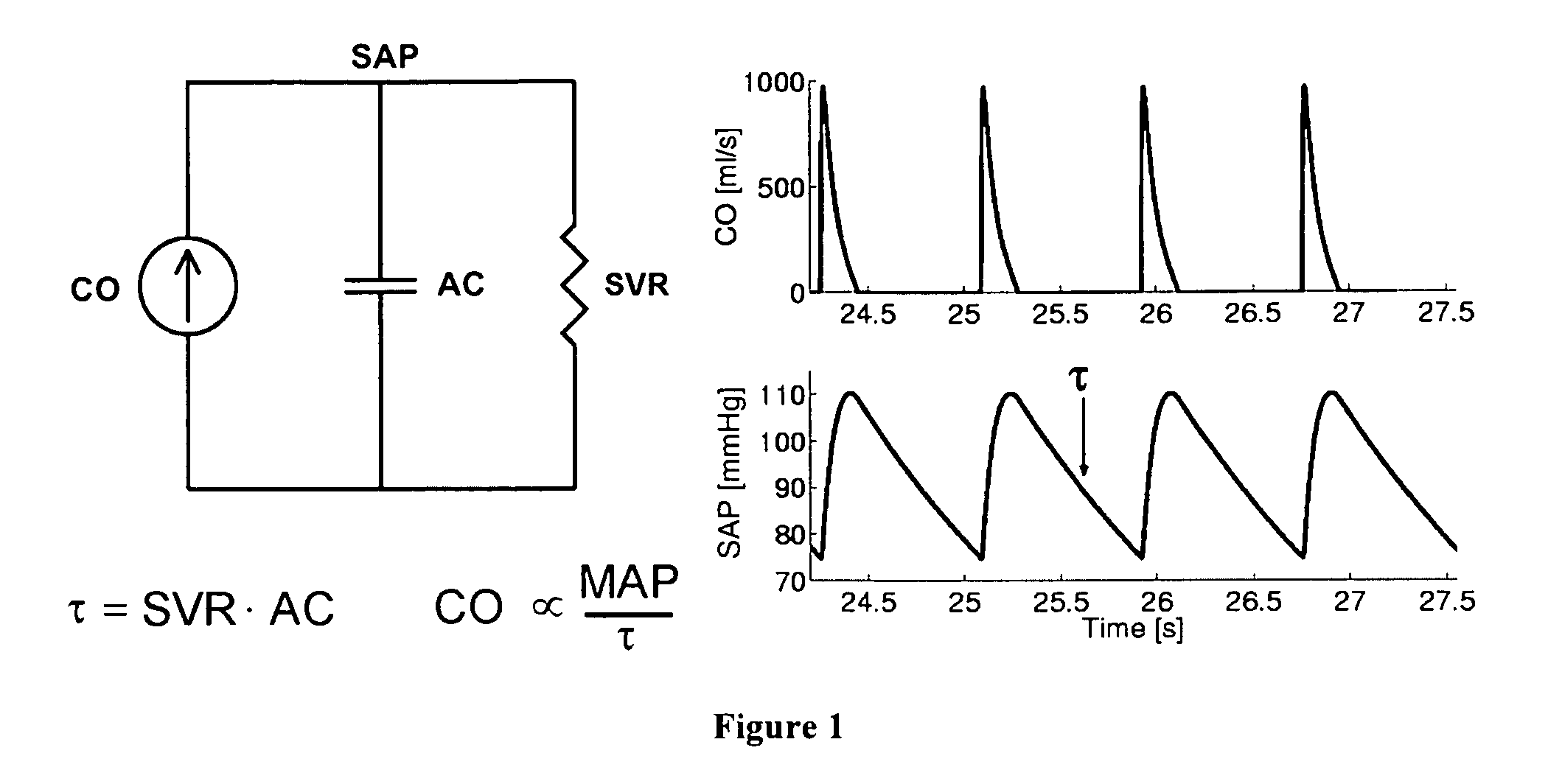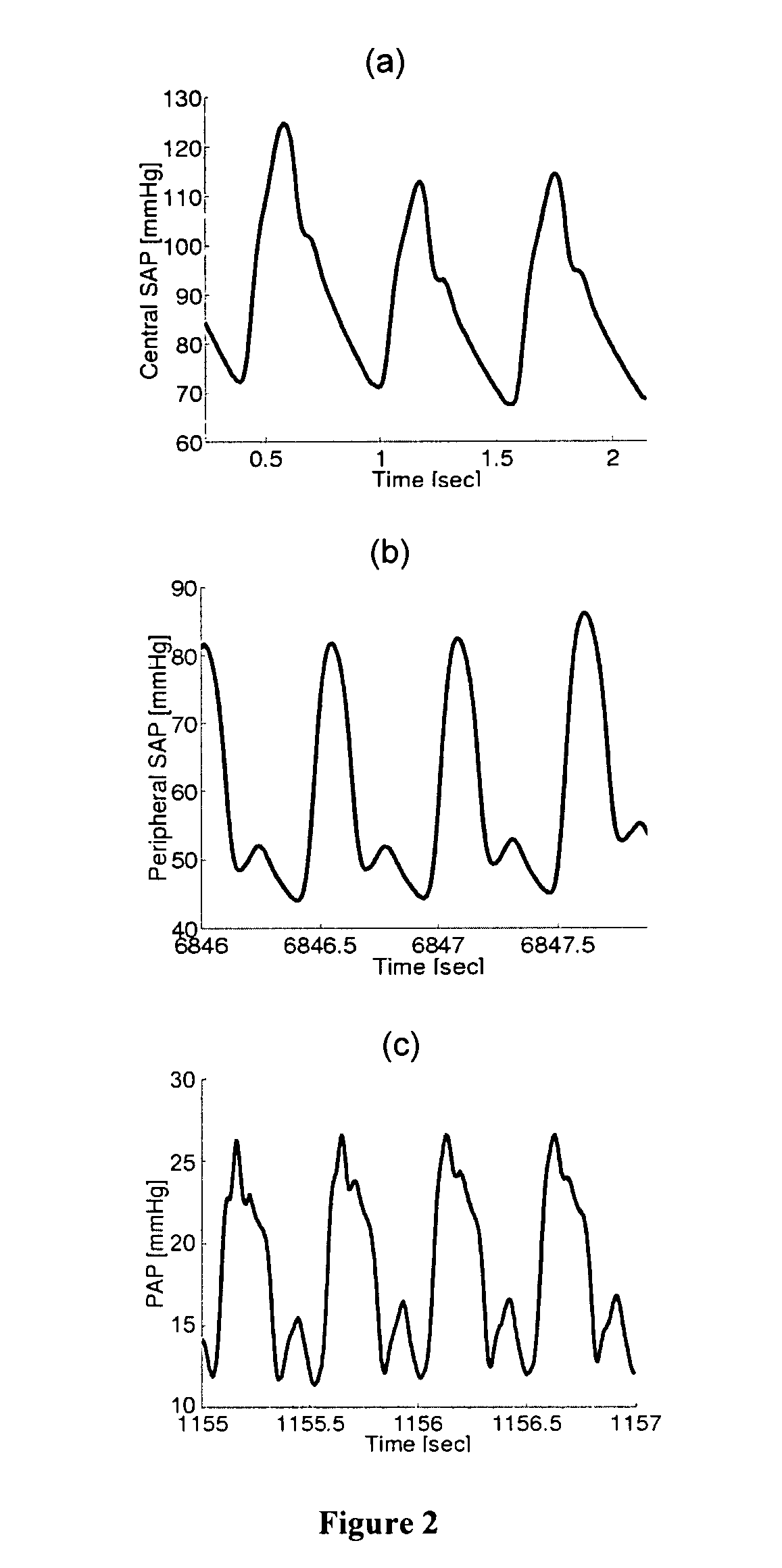While each of these methods can offer some advantages, as described below, all of the methods are limited in at least one clinically significant way.
In fact, as a result of a number of technical problems, in practice, the PCWP method frequently provides only a poor estimate of LAP.
These problems include partial wedging and
balloon over-inflation [38,53], dependence of the measurement on the wedge
catheter position [27,33], and inter-clinician variability in interpreting the phasic PCWP measurement [37].
In 2,711 PCWP measurement attempts made in the ICU, Morris et al reported that only 69% of these attempts were successful with only 10% of the unsatisfactory measurements due to easily correctable damped tracings [53].
Similar technical problems are also encountered in implementing the thermodilution method in which variations in injectate volume, rate, and temperature introduce error in the measurement, which is known to be in the 15-20% range [39,50,68].
Also, the very injection of fluid and
balloon inflation poses some risk to the patient [17,34,42].
In addition, a major limitation of the thermodilution and PCWP methods is that an operator is required.
While this method is continuous and very accurate, it requires the placement of the
flow probe directly around the
aorta and is therefore much too invasive for most clinical applications.
Although this method is also highly regarded in terms of its accuracy, it is too cumbersome for frequent clinical application.
As a result, the
signal to
noise ratio of continuous thermodilution is small compared to standard thermodilution, which may render the continuous approach to be less accurate [78].
Although this method is non-invasive and continuous, it is too inaccurate for use in
critically ill patients due to excessive
lung fluids [11].
However, this method is too invasive and risky for routine clinical application.
While this approach is simple and non-invasive, it is neither continuous nor has it been shown to be sensitive to at least changes in PCWP [9,16,69].
Although these techniques may also be non-invasive, they are expensive, can only be used intermittently, and are not specific and may therefore be inaccurate [2,57, 62].
Subsequently, Tajimi et al reported that they were not able to identify a location in the canine or human
pulmonary artery in which exponential diastolic pressure decays were consistently visible [71].
The reason is that the systemic and pulmonary arterial trees are not simply lumped systems like the Windkessel model suggests but rather complicated distributed systems with impedance mismatches throughout due to vessel tapering, bifurcations, and
caliber changes.
Thus, the technique of Bourgeois et al cannot be applied to clinically measurable
peripheral SAP and PAP waveforms.
However, catheters are usually not placed for prolonged periods of time at either of these sites in ICUs, ORs, or
recovery rooms due to safety considerations.
However, these techniques were only demonstrated to be successful in central ABP waveforms or over a narrow physiologic range.
However, Linton et al only showed that their technique was accurate over a narrow physiologic range, and several studies have demonstrated limitations of the technique of Wesseling et al (e.g., [20,29]).
Moreover, even though LAP is also a significant
determinant of PAP and should therefore be reflected in the PAP waveform, none of these techniques included a means to monitor LAP.
Because of the corruptive effects of highly complex
waves at these time scales, the techniques were limited in that they 1) could only be applied to highly invasive central SAP waveforms in which the complex wave reflections may be attenuated; 2) necessitated multiple
peripheral SAP waveform measurements (which are rarely obtained clinically); 3) required an exhaustive training
data set, and / or 4) are accurate only over a narrow physiologic range or only during
cardiac interventions.
However, the
confounding effects of wave as well as inertial phenomenon are known to diminish with increasing time scale [55].
While this technique may permit continuous and accurate monitoring of CO with a level of invasiveness suitable for routine clinical application, it does not provide a convenient means to monitor LAP.
However, this simple technique is not as accurate as the PCWP method [31] (see below) and becomes unreliable when the rate of drainage of blood from the pulmonary
artery into the pulmonary capillaries is slow.
Thus, for example, it is well known that the end-diastolic PAP is not an acceptable index of LAP in patients with pulmonary
vascular disease [28].
However, this technique was shown to be ineffective when the network was trained on one set of subjects and tested on a different set of subjects [14].
While these techniques may be minimally invasive or non-invasive, they are either not continuous or applicable to subjects
breathing spontaneously.
Moreover, since SAP and related signals are also due to ventricular and arterial functionality, these techniques do not provide a specific measure of LAP or PCWP and may therefore be inaccurate [13].
 Login to View More
Login to View More  Login to View More
Login to View More 


